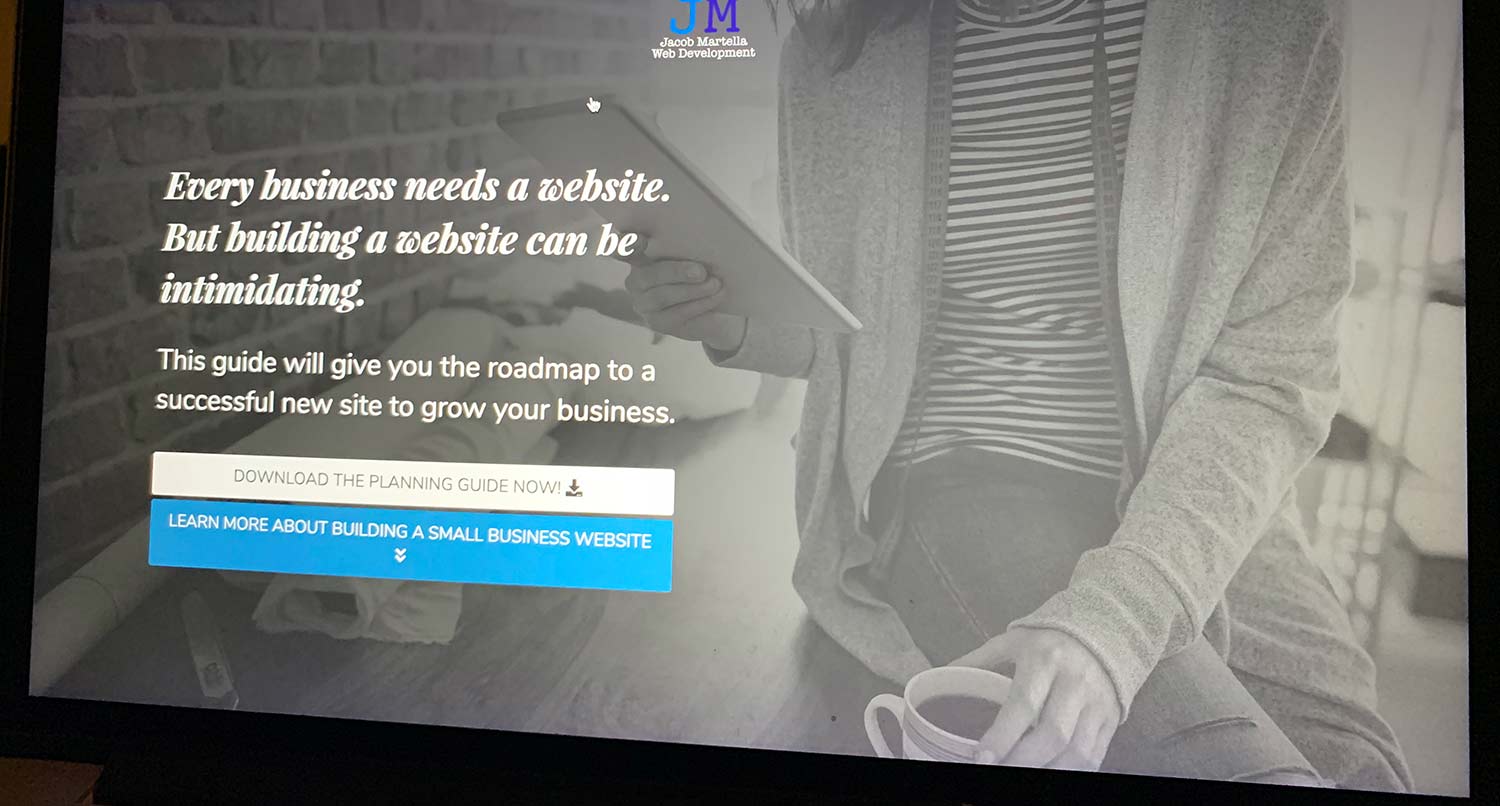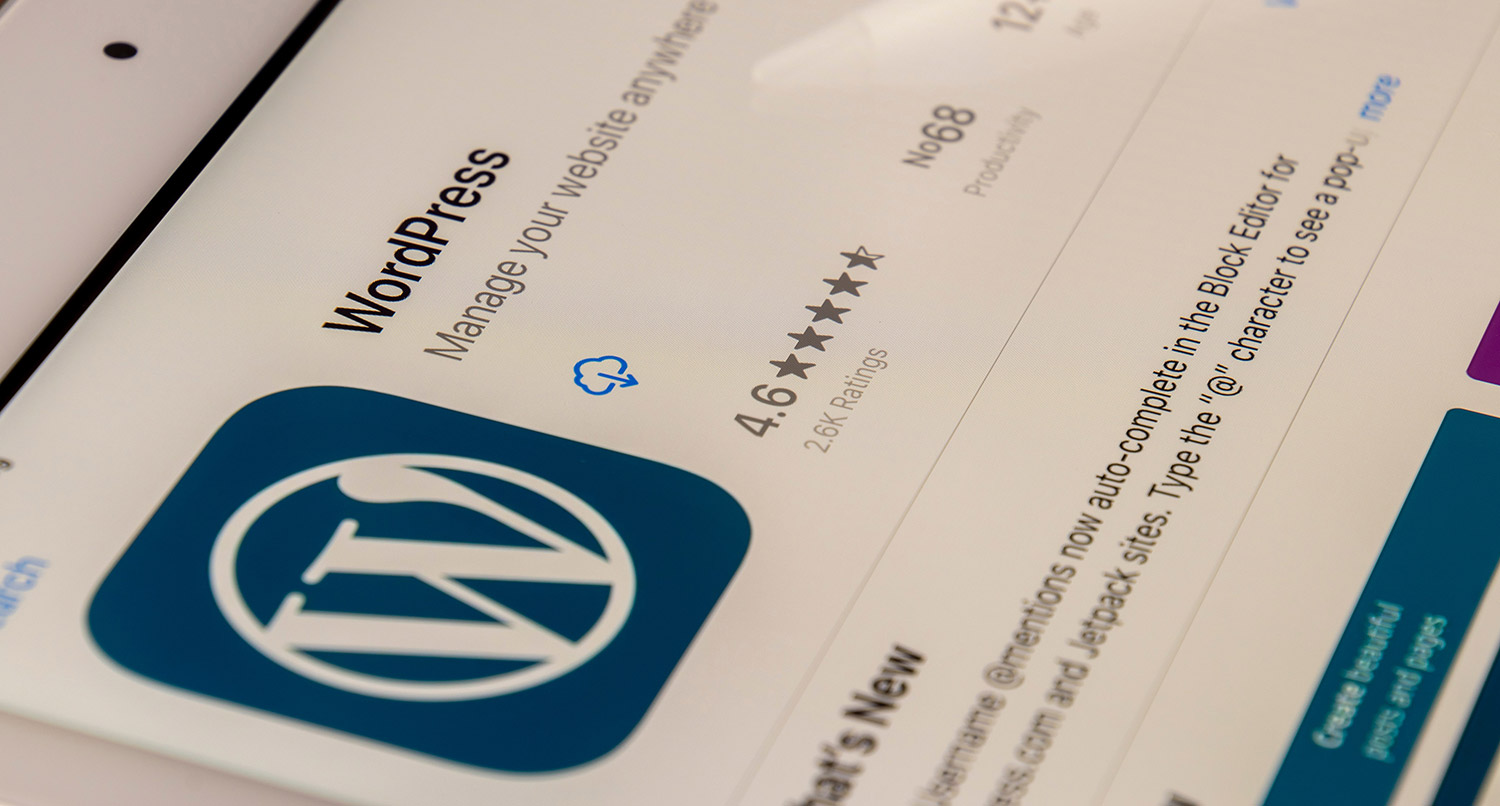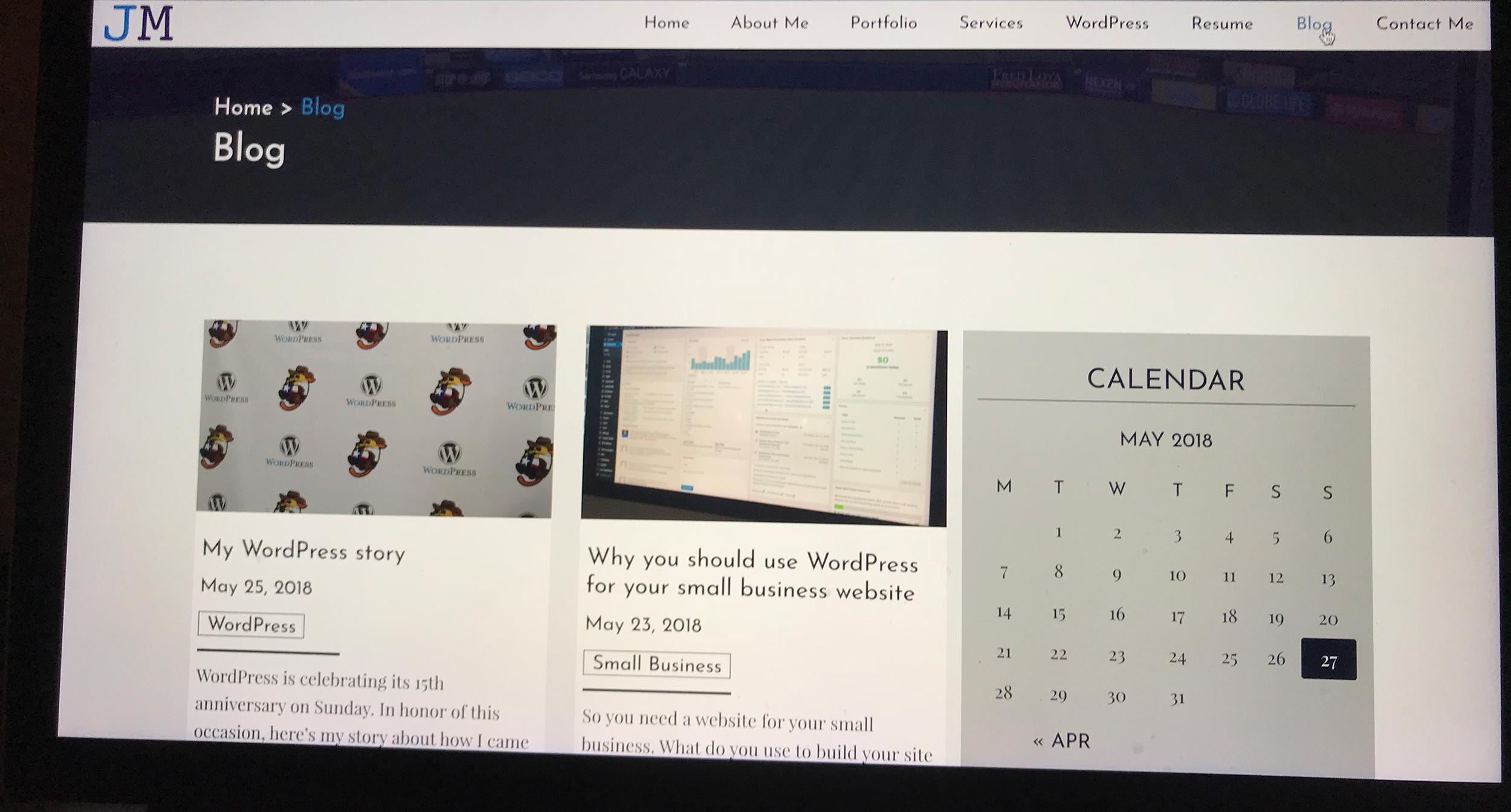Goals are everything in business. You probably have goals for the number of customers and monthly sales.
But what about your website? Do you even have goals for it? Are you even tracking things on your website, like with Google Analytics or something similar?
If not, you can’t know if your website is helping your business or just sitting there doing nothing. And you don’t know what you need to improve on to make it work for you business.
So let’s discuss how setting goals for your website can benefit you and your business.
Point you in a direction
First and foremost, setting goals for your website help point you in a direction for what you need to do with your website.
If you’re one , you’ve probably never set goals for your website. And that leads you to wander aimlessly with your online platform.
But setting goals help you find out where your website is at, what it’s doing and what it needs to be better at to help you. The goals give you a starting point and then point you in a direction to get better.
It might not be the right direction, but going in a direction is much better than wandering aimlessly. And then you can refine it from there to get it to point you in the right direction
You can use them as a road map
On that same note, you can use your results to create a road map for what you need your website to be in order to help your business grow.
If you’re not getting traffic, then maybe you start off with a goal of driving traffic to the website. And then you start increasing your site’s SEO and promoting the site on social media to achieve that goal.
When traffic is increasing, but people are leaving after one page, maybe the goal becomes getting the bounce rate down. Then you’ll need to fix some design issues or work on your content. Or maybe you need better and clearer calls to action.
And that’s how the process works. After a set amount of time, you take a look at the data and see what you need to do with your website so that’s it working for you. Then you make those changes, check the data again and repeat the cycle.
The goals you set help mark the way with what you need to do on your website. And that leads you to a website that works for your business.
Tell the Story of Your Small Business With a Website
Every small business has a story. And every small business needs a website to help tell it. A website allows people to find you online, serves as a home base for any marketing effort and can help you tell the story of your business. So if you’re ready to give your business its first website or are ready to take your site to the next level, let’s get started on making that happen.
Let’s Get Started on Telling Your Story With a WebsiteSet SMART goals
Finally, let’s talk about setting these goals. If you’ve been around the block with personal or business goals, you probably know about SMART goals. If you haven’t, it stands for specific, measurable, assignable, realistic and time-related.
So let’s go through each of those with a focus on your website.
So first, you want to start off with something specific that you want to focus on. This can be an increase in page views, unique visitors, people hitting your landing page and even conversions.
Then, make sure that goal is measurable in some way. And also make sure that the measurement is specific. Instead of saying that you want more people to visit your website, create a goal of increasing traffic to your website by 25 percent or so. That makes it much more easier to track if you’re succeeding or not.
The next one is assignable, which in this case would either be you or the person running the website. If you’re trying to increase the amount of traffic, you’re going to be running ad campaigns and social media campaigns to get people to your website.
Next up, we have to make sure the goal is reasonable. Yes, people go viral every now and then, but it’s unreasonable to think that your business and website are going to do the same. So make sure the goals you set are within reason. If anything, maybe set the goal amount to be a bit under what you think it should be.
Finally, we come to time. With the web, setting a goal time for a month or two is pretty standard. It’s long enough to give you some really good data to figure out if you’re on the right path, but short enough to make it easy enough to iterate on ideas.
So that’s all there is to it. Start setting goals for your website and taking notes on what is and is not working with it. Then make changes to help get you to those goals. Then start the process all over again.
The goals will lead you to a better website and better business. What’s not to like about that.







